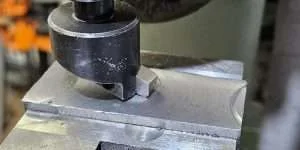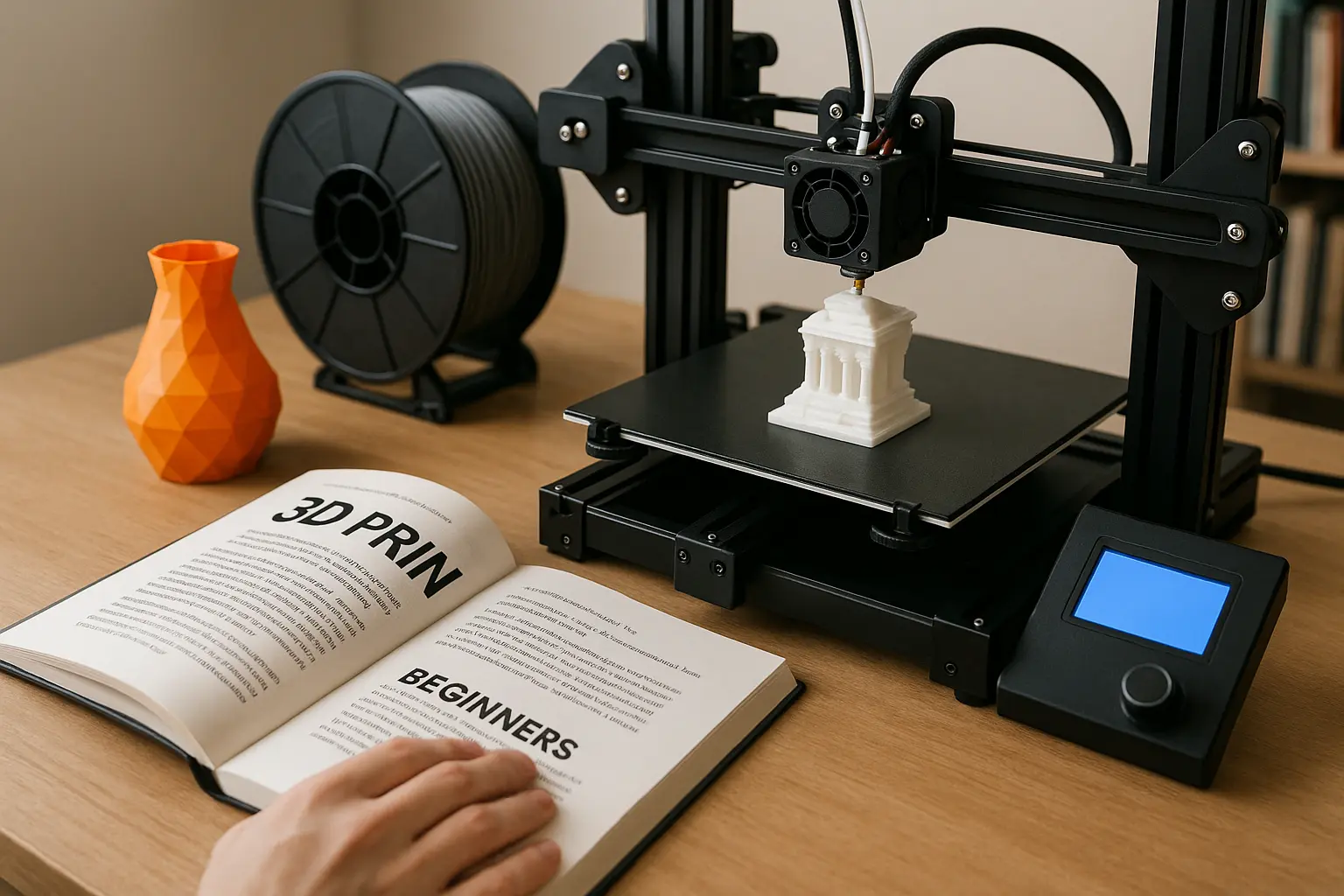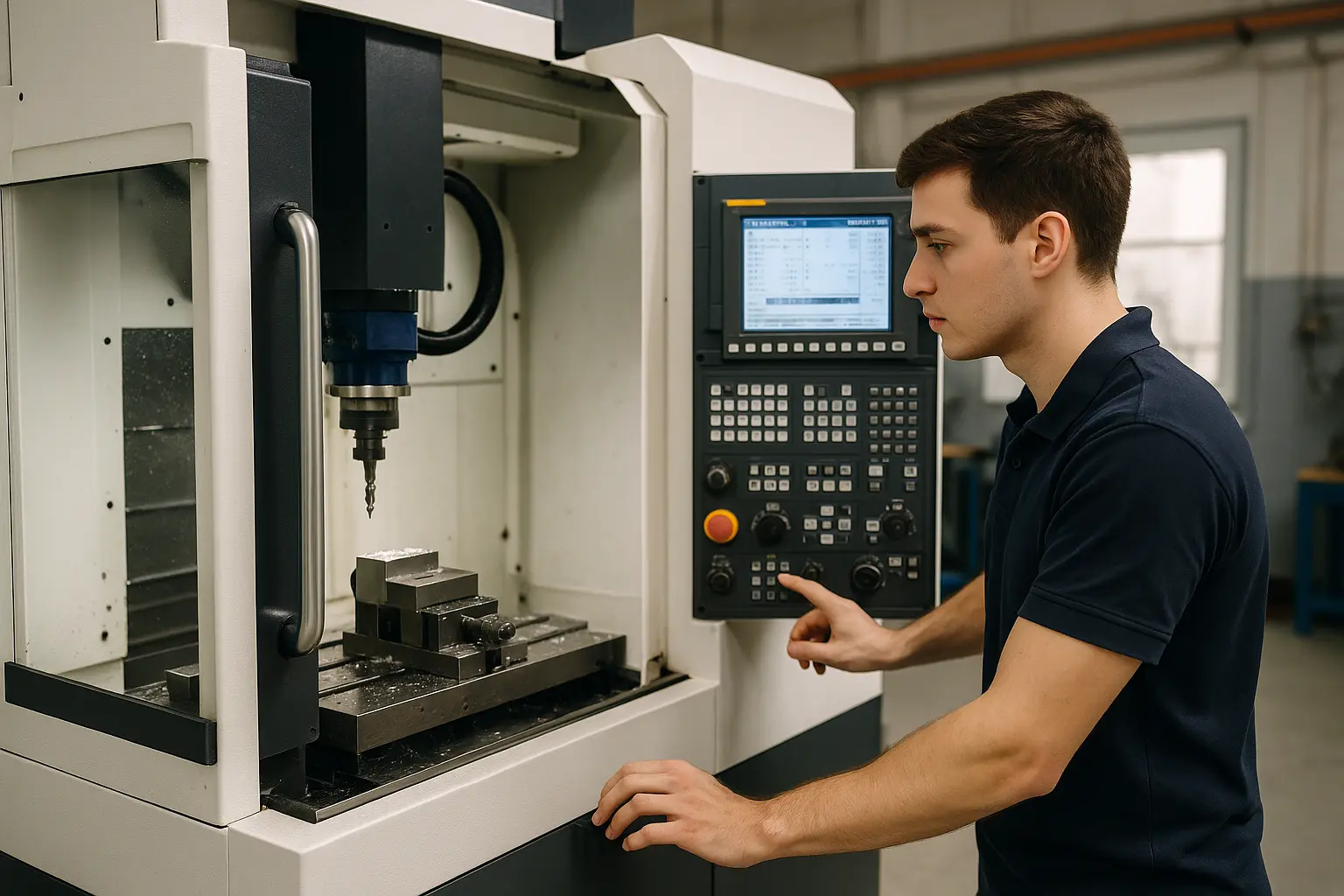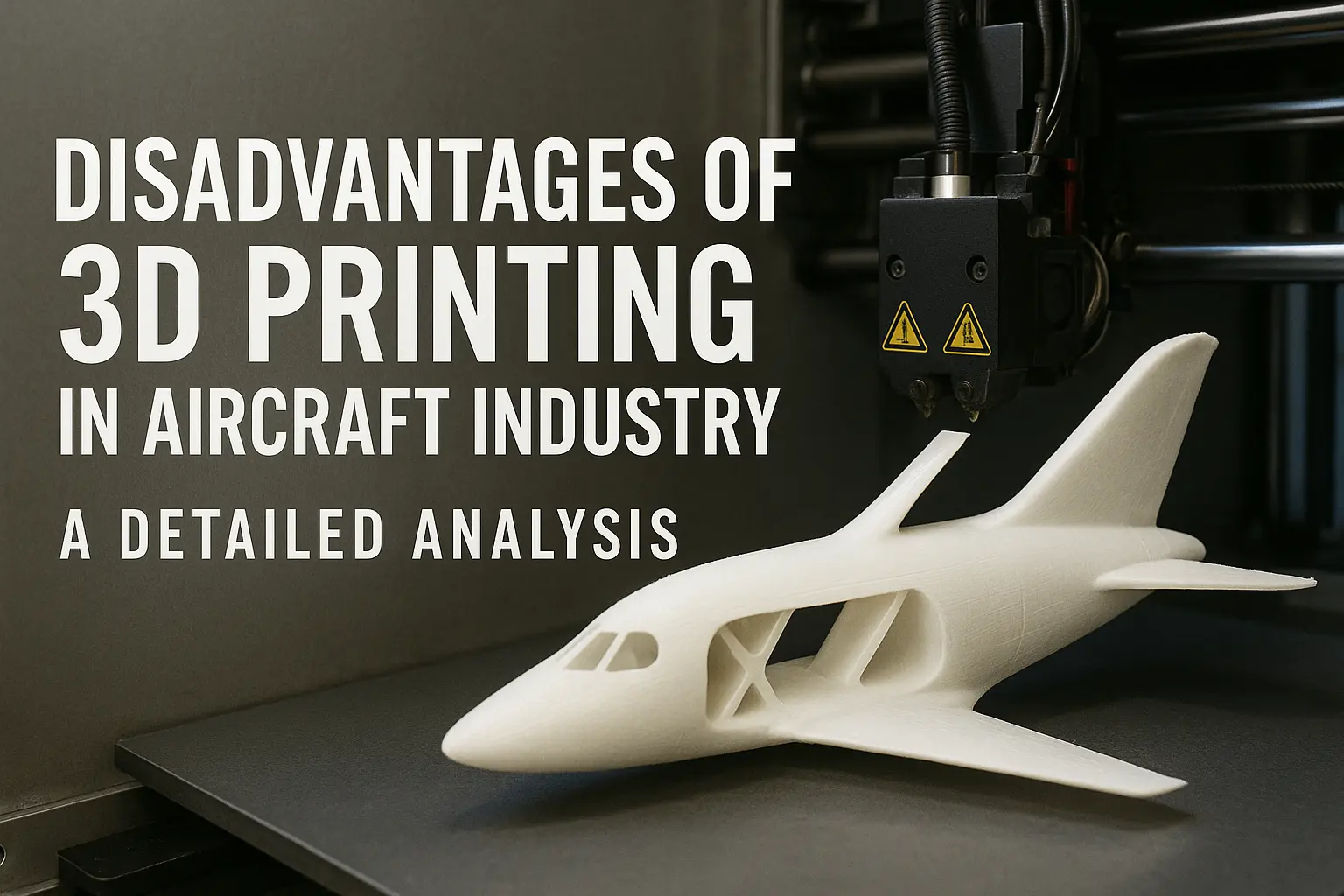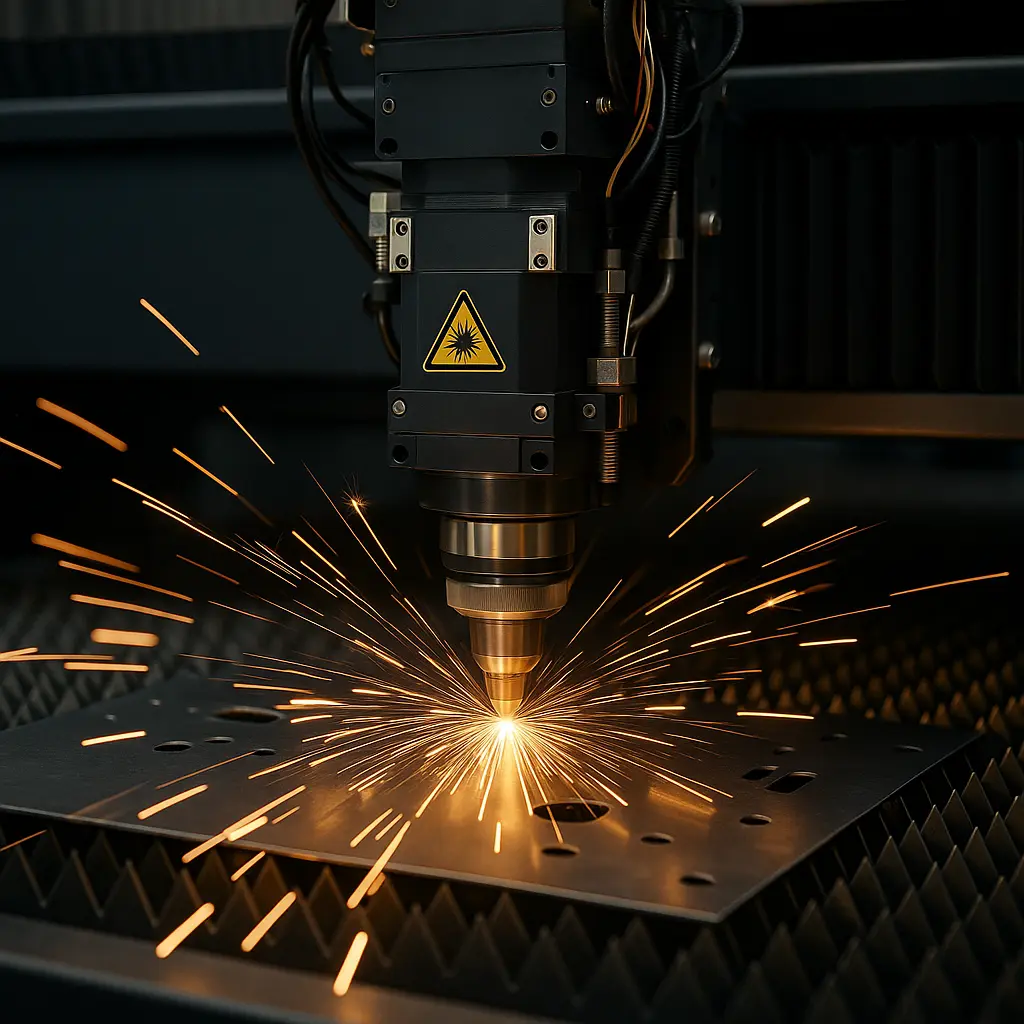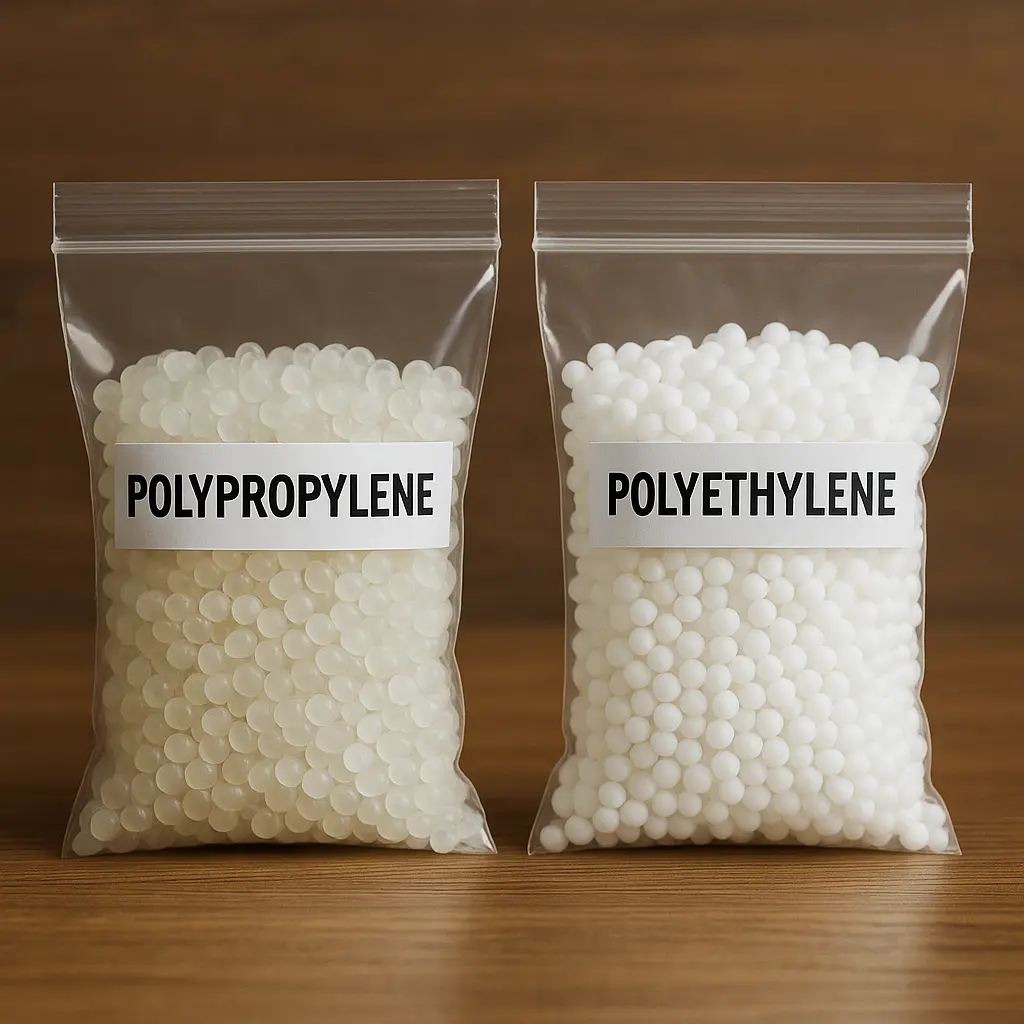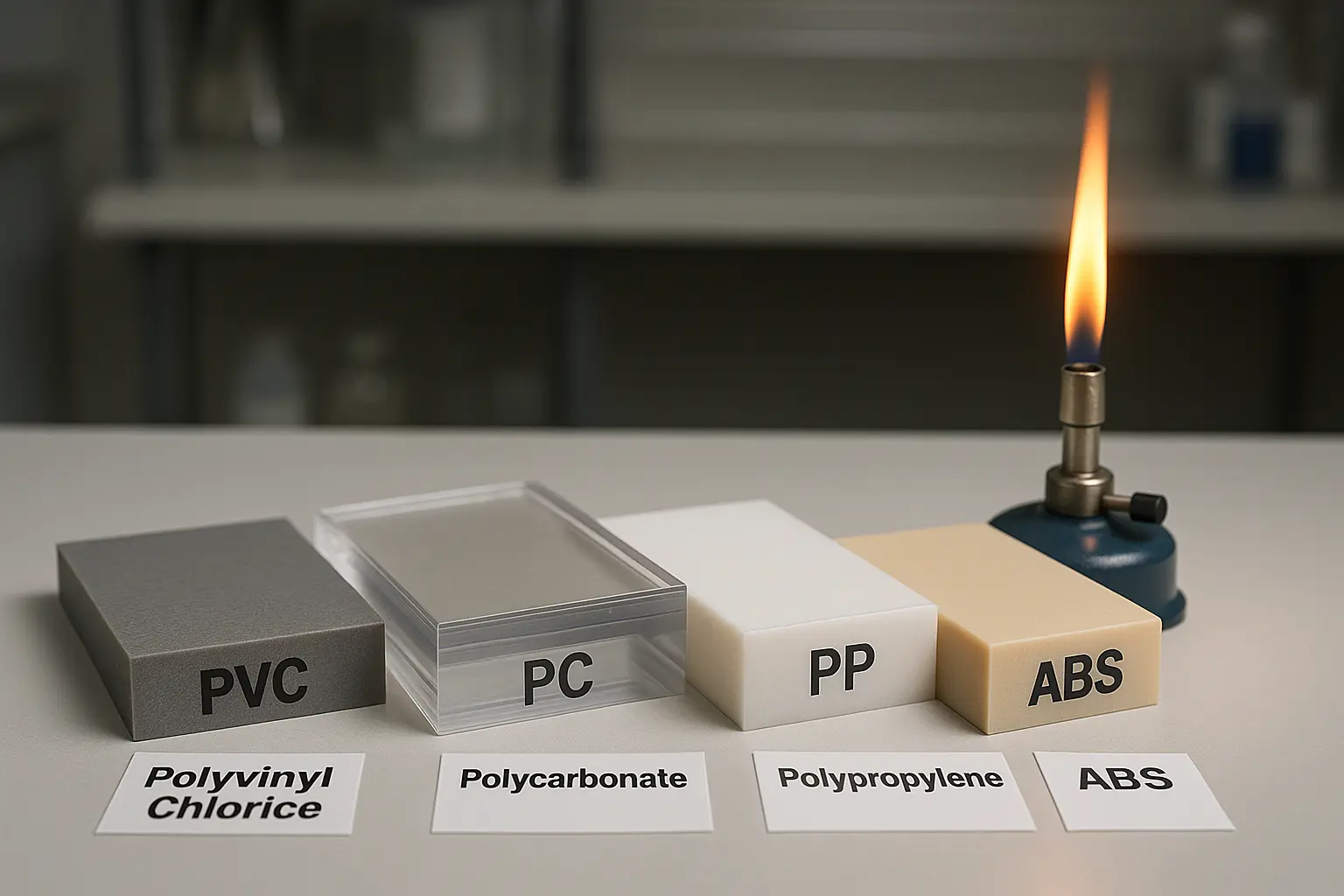A fly cutter is a tool with a single-point design that primarily functions to achieve a flat surface finish. A successful fly cutting operation depends on several factors, including the tool’s material makeup, type of fly cuts, and workpiece properties. As a result, manufacturers must ensure they know about the milling cutting tool.
Fly cutters have a unique design but wide applications. To understand this milling cutter, this article discusses the cutter’s types, operations, and applications.
What is a Fly Cutter?
A fly cuts is a rotary milling cutter with a unique sideway motion like the flywheel during milling. The sideway motion is responsible for its name, “fly cutter,” and is applicable in manual and CNC milling machines, although it is more common on CNC machines.

Components of a Fly Cutter
The fly cutting tool is a single-point cutting tool with a simple design and several components playing critical roles in its overall functions and application. Critical parts of the milling fly cutter include:
Body/Arbor
The body or arbor of a milling fly cuts is cylinder-shaped, rigid, and stable. It functions as the tool’s main frame, i.e., supports other components. Its rigidity ensures heightened balance and smoother milling operations, producing consistent, high-quality finishes.
Shank
The shank of this milling cutter connects to the milling machine’s spindle, making it possible to achieve a smooth rotational motion during milling. They come in different sizes, such as R8 and Morse Taper, and must fit into the milling machine’s spindle.
Fly Cutter Bit
Machinists consider the fly cutter bit (or the tool bit) the most important component, as it is responsible for the tool’s cutting action. It has a singular cutting edge, hence the name “single-point cutting tool.”
The fly cuts bit extends slightly outward and has a geometry such as a rake and relief angles that optimize heat dissipation, chip evacuation, and cutting efficiency. Furthermore, it uses carbide and high-speed steel, making them strong and compatible with several materials.
Set Screw
A set screw is a small yet essential fly cuts tool component that ensures the cutting bit is stable during milling by preventing unwanted movement. As a result, there is consistency and higher quality in finishing due to reduced damage.
What are the Specifications for Fly Cutters?
Like many CNC cutting tools, knowing the fly cutter specification will allow you to choose the right one and ensure a consistent and quality finish. Below are two important specifications of the tool you should consider.

Size Specification
The fly cutter size determines the workpiece’s sweep, finish, and compatible tool bits. A broad milling fly cutter creates a broader sweep, making them suitable for workpieces with large surfaces. On the other hand, small fly cuts create a finer and more detailed finish.
RPM Specification
The RPM (Revolutions Per Minute) of a fly cutter also plays a huge role in the workpiece’s final finishing. Operating at a high RPM produces a smoother surface finish but lower heat dissipation. This leads to a build-up of heat, which may raise the operating temperature of the fly cutter mill. On the other hand, operating at a slow RPM will create a less smooth surface but better heat dissipation.
These milling fly cutter specifications are critical in milling, especially in CNC machines, because the machines must be precise, and knowing the right tool will help in such precision. Consequently, CNC milling services must ensure that CNC machines have a fly cutter with specifications that ensure a better product finish.

5 Types of Fly Cutters
Fly cutters come in different designs and specifications for their applications as CNC cutting tools in milling. The choice of cutters depends on the milling operations, with common examples being:
Standard Single-Point Fly Cutter
This is a simple tool with a single cutting tool bit. It has a typical size range of 1 to 2.5 inches and 600 to 2500 revolutions per minute. It is suitable for general-purpose milling operations such as squaring and face milling towards achieving a flat and smooth finishing.
Adjustable Fly Cutters
From its name, you can adjust this cutting tool bit’s angle and position. The adjustable fly cutter has a typical size range of 1.5 to 3 inches and about 400 to 2400 RPM and is a versatile milling cutting tool for workpieces with different surfaces and angles. As a result, they are suitable for designs with varied depths and finishes.
Multi-Point Fly Cutters
A multi-point fly cuts has multiple cutting tool bits spaces alongside a single head, allowing it to remove materials more efficiently. Consequently, this reduces milling time and increases material removal. They have a typical size range of 1 to 2.5 inches and 550 to 2450 RPM and are applicable in making multiple parallel cuts. The reduced milling time and high material removal rate make it applicable in high-volume productions.
Indexable Fly Cutters
This type of fly cutter tool has indexable or replaceable cutting tips. Consequently, this favors tool longevity and reduces downtime during milling. An indexable fly cuts has a typical size range of 1.2 to 3 inches and about 600 to 2450 RPM, making it suitable for tough materials and high-quality finishes.
Point Cutters
They have a distinct need point, hence their name, and are suitable for milling workpieces with hard-to-reach areas. The blade has two cutting edges, and the cutting tool comes in long and short sizes. Point cutters are suitable for milling operations that require precise and clean cuts
How to Use a Fly Cutter Tool on a Milling Machine?
A milling fly cutter is a common tool with popular use by many milling operations. Below is the general procedure for using them in any milling operation.

Tools and Materials You Need
Before you begin, you will need the following tools:
- A CNC or non-CNC milling machine that supports using a fly cutter
- Edge finder
- Fly cutter
- Workpiece
- Fixtures or other workholding devices
- Others, such as measuring tools and cutting fluid
Step 1: Hold Workpieces
Secure the workpiece in the fly cutter mill working area using a fixture or any other workholding device. Ensure the workpiece is properly secure, stable, and immobile.
Step 2: Use an Edge Finder (Optional)
An edge finder is a tool used in workpiece centering and alignment and can help CNC milling services accurately locate the workpiece edge for improved precision. Insert the edge finder into the milling machine’s spindle and position it close to the workpiece edge. Afterward, move the machine to find the edge and zero the readings.
Step 3: Install the Fly Cutter
Replace the edge finder with a fly cutter tool that suits your cutting needs. Ensure you securely hold the cutter using any method, such as tightening the set screws or collet.
Step 4: Adjust the Fly Cuts Height
Adjust the fly-cutting tool height above the workpiece’s surface without touching it. You can check this by putting a piece of paper in the space and adjusting it till you feel a slight drag.
Step 5: Set up the Machine
Adjust the machine spindle speed and feed rate based on the tool and workpiece dimension/properties. You can also consider the CNC machining magnesium recommendation or use reference guides based on the machine or the material.

Step 6: Begin Milling Process
After setting up the machine, feed the fly cutter into the workpiece and move it across the material until you achieve a good surface finish. You should begin with a light cut and increase the cut depth as needed.
Factors to Affect Fly Cutter Finishing Surfaces
Before using a milling fly cutter, you should consider several factors that can affect the product’s surface finish. Below are a few factors that play a critical role in the product finish.
Point Radius
The point radius depicts the roundness of the fly cutter bit, and it plays a critical role in the product’s surface finishing. Machinists experienced in using CNC cutting tools recommend a point radius of less than 1.5mm with a slower feed rate to get a fine finish.
Using a large point radius can lead to an increase in tool-cutting pressure, which will eventually lead to deflections, squealing, chatter in machining, and poor finishing.
Cutting Tools Materials
Using the right fly cutter for a workpiece can affect the product’s finish. Hence, your choice of material should play a huge role in your choice of fly cuts tool. For example, carbide bits are the best for steel grades and high-speed steel aluminum.
Milling Machine
Your machining level should determine the choice of the fly cutter. Single-tooth cutters are suitable for small milling machines, while fly cuts with multiple teeth are more suitable for large-scale milling operations. The latter is not ideal for small milling machines because the machines lack the power and rigidity to function.
Cutter’s Geometry
Cutter geometry attributes such as clearance, and rake angles can affect the workpiece surface finish after fly cutting. The clearance angle is the angle the cutting bit makes with the surface under it. It prevents the tool from rubbing on the workpiece while aiding chip evacuation. There should be an adequate clearance angle to help prevent tool rubbing, which can lead to a poor surface finish.

Multi-Point Fly Cutters
A multi-point fly cutter has multiple cutting tool bits spaces alongside a single head, allowing it to remove materials more efficiently. Consequently, this reduces milling time and increases material removal. They have a typical size range of 1 to 2.5 inches and 550 to 2450 RPM and are applicable in making multiple parallel cuts. The reduced milling time and high material removal rate make it applicable in high-volume productions.
Indexable Fly Cutters
This type of fly cutter tool has indexable or replaceable cutting tips. Consequently, this favors tool longevity and reduces downtime during milling. An indexable fly cuts has a typical size range of 1.2 to 3 inches and about 600 to 2450 RPM, making it suitable for tough materials and high-quality finishes.
Point Cutters
They have a distinct need point, hence their name, and are suitable for milling workpieces with hard-to-reach areas. The blade has two cutting edges, and the cutting tool comes in long and short sizes. Point cutters are suitable for milling operations that require precise and clean cuts
In addition, the rake angle is the angle the cutting bit makes with the workpiece. It can be positive or negative. Positive rake angles produce a smooth surface finish due to less heat generation and friction.
Fly Cutters vs Face Mills: How to Choose?
A fly cutter and face mill are the most common milling cutters for machining flat surfaces. However, they are different, and choosing the better one depends on understanding their differences.

Cutting Position
A fly cutter is better for milling a large, flat surface in a single session. This is possible with the correct position. However, for face milling, a face mill’s cutting edges of different heights make them more suitable for ridged surfaces.
Machining Tasks
Your choice between a cutter and a face mill depends on their ability and the quality of the surface finish. Fly cutters are suitable for achieving fine surface finish using operations such as facing or squaring. On the other hand, face mills are more appropriate for heavy stock removal.
Furthermore, fly cutters are more suitable for manual milling operations and low-volume production. In contrast, face mills’ high speed makes them more suitable for high-volume projects.
Number of Inserts and Removal Rate
With just one or two inserts, a cutter can give better surface finishing when operating at a low speed than a face mill. In contrast, a face mill with multiple inserts operating at a higher cutting speed is not adjustable. While they can guarantee a higher operation speed and faster material removal rate, the surface finish quality is lesser.
Cost
Face mills are costlier than fly cutters as they are larger, more powerful, and require large spindle power. Furthermore, their use of multiple inserts increases their cost.
Applications of Fly Cutter in Machining
Unlike end milling and other milling operations, fly cutting can give a smoother and finer surface finish. As a result, they are common when there is a need for small-scale machining operations.

Surface Finishing
The primary application of this milling cutter is to make a smooth and consistent surface finish with minimal tool marks.
Milling Broad Pieces
Fly cutters are adjustable, hence able to cover broad workpieces. As a result, they are applicable in milling parts with large surface areas without losing consistency.
Engraving
Although uncommon, fly cutting tools can make shallow engravings on workpieces. However, since it is not the most suitable tool, it comes with using the right setup and controlling the tool’s movement.
Conclusion
Fly cutters are critical tools in several milling operations used primarily in making flat and smooth surfaces. A successful milling operation comes with understanding this milling cutter.
FAQs
Can you use a fly cutter on a drill press?
No, you should not. The reason is that fly cutters’ designs are incompatible with a drill press, which also exerts pressure that can loosen the chuck. Nevertheless, there are special cutters; you can contact your manufacturer on the right one for a drill press.
Do fly cutters have different specifications?
Yes, they come in different specifications depending on your project. Differences in specification can be in terms of size, rpm, and compatibility with the fly cutter bit.
Can you use a fly cutter to cut a hole?
Yes, you can. However, the procedure depends on the number of tool bits. Adjust the fly cutter’s diameter to the desired hole dimension with one tool bit and attach it to the CNC milling machine. On the other hand, for two tool bits, adjust the first tool bit to cut roughly and the second one to finish the cut.

